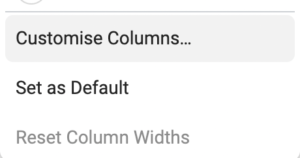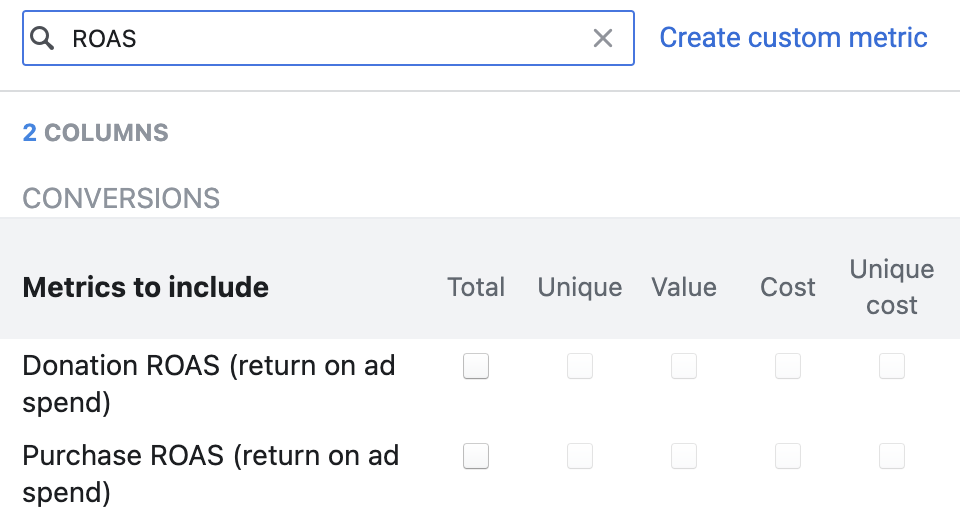Find out exactly which KPIs to pay attention to on Facebook and what they mean with this handy how-to guide.
When you’re building Facebook ads, it’s vital to analyse your ad performance metrics on Ads Manager, to see which ads are doing well and can be scaled up or replicated to drive further traffic and conversions for your business. If you needing a boost in your technical knowledge to be able to do this, we’re here to help!
Read on to discover exactly which KPIs (Key Performance Indicators) you need to be paying attention to on Ads Manager, and exactly what they mean. After reading through our Facebook Ads Manager Glossary, you can check out key metrics for every ad that goes live for your business and take control over your business growth and brand awareness.
Facebook Ads Manager Glossary
CVR = Conversion Rate, calculated by dividing purchases by interactions (ie the number of purchases made directly from clicking an ad link, divided by the number of times the link was clicked on). This is used to measure a campaign’s effectiveness in driving sales.
CPM = Cost Per Thousand, ie the amount spent on an ad per 1000 impressions. From this, you can gain insights into your brand awareness; how many people are seeing your ad.
CPC = Cost-per-Click, ie the amount paid for every click on an ad, calculated by dividing the cost of a paid advertising campaign by the number of clicks.
CTR = Click through Rate, ie the number of people clicking on your ad divided by the number of people that come across your ad as they scroll on Facebook. Eg if 100 people see your ad and 20 of them click on it, you’ve got a 20% CTR.
ROAS = Return on Ad Spend, ie the amount of revenue for every £/$ spent on an ad campaign. A good ROAS benchmark is a 4:1 ratio, for example a £4 revenue for every £1 spent when creating the ad. Your individual goal/benchmark depends on your business size and budget when creating paid social campaigns.
Since the iOS14 update, we’re no longer using ROAS as a performance indicator, due to tracking changes (which you can find out more about here), instead favouring more important metrics like CVR, CPC and CPM.
How to view these metrics on Ads Manager :
1- Click on the ‘Columns: Custom’ button, under the Campaigns/Ad Sets/Ads tab :

2- Scroll down the list and click on ‘Customise Columns…’ :

3- Search for these abbreviated metrics, tick the box for ‘Total’ and they’ll be added to your insights table :

4- Now you can view these metrics for every ad you create, to work out which ads to scale or turn off, to optimise your paid ad campaigns.
If you’re needing further help with navigating your Facebook ad insights and analysing your KPIs, don’t hesitate to get in touch with us! Our team of paid ad specialists have expert knowledge on all things paid social, and they’re on hand to help you scale and optimise your paid ads strategy, to take your business to the next level 🚀
